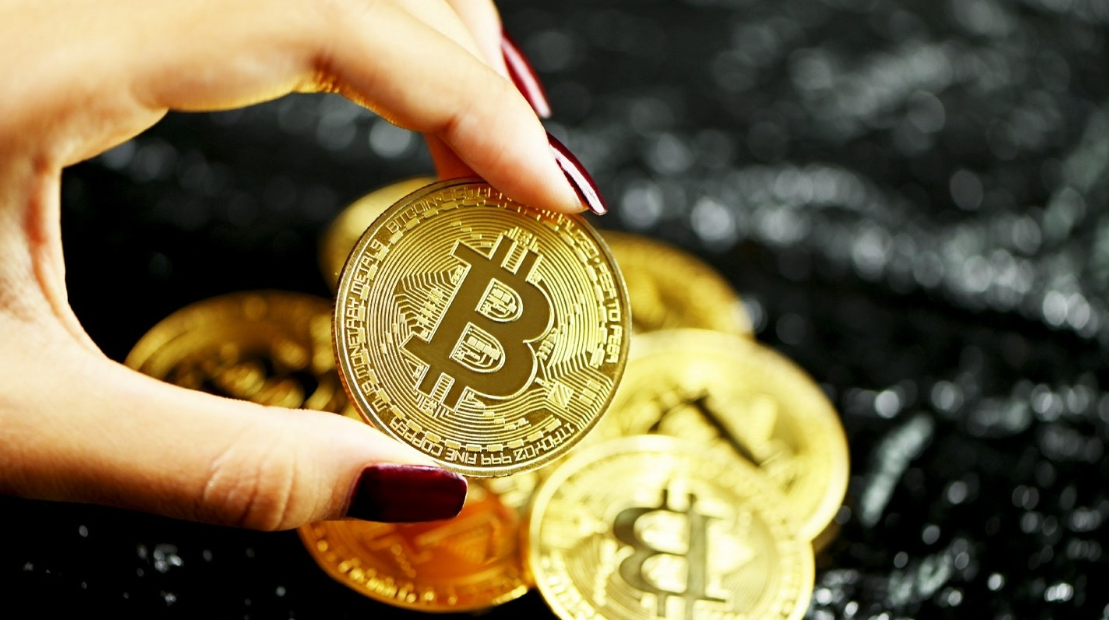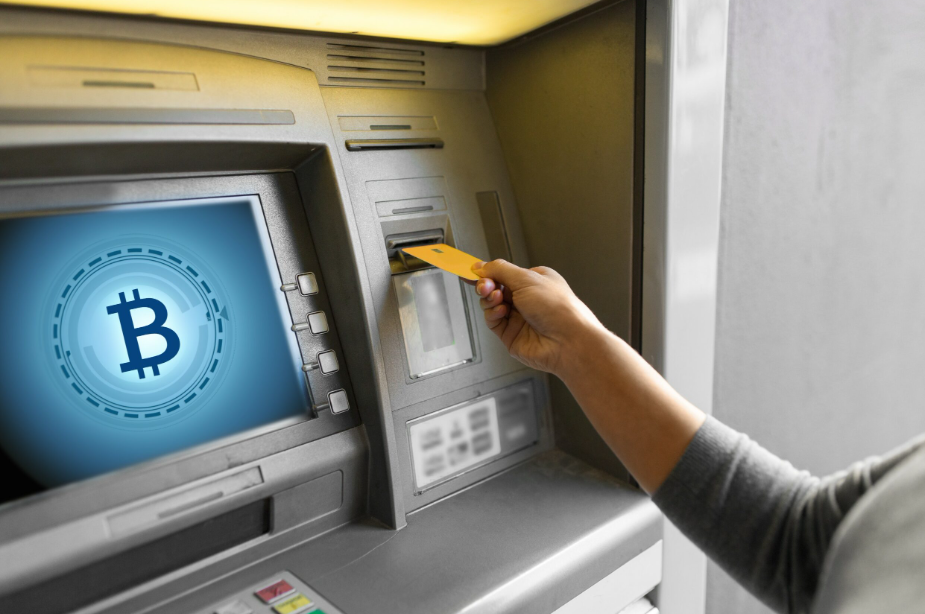What is Stablecoin? Stablecoins are cryptocurrencies that are pegged to a reference asset such as fiat money or an exchange-traded commodity. They can be used as a safe-haven asset for investors and traders alike. These coins also have the advantage of being easily transferable between different countries.
Asset-backed
A stablecoin is a digital currency that is backed by assets other than fiat currency. It may be gold or commodities, which are kept in reserve by the stablecoin’s issuer. The issuer keeps a portion of the funds in these assets and invests the rest in other assets. However, major price changes may threaten cash-out rights.
Stablecoins are also used to participate in decentralized finance projects such as crypto lending platforms. They help users manage risk while using online services by reducing volatility. However, the currency is still a form of digital asset, and users should not invest their funds in it without seeking professional advice.
Stablecoins are emerging as a new tool in the digital economy. They are designed to provide stability to blockchain-based systems, allowing them to function better and expand as a financial infrastructure. They may also play a role in promoting widespread adoption of digital currencies. But, it remains to be seen how these coins will be used by everyday users.
Stablecoins are digital currencies that are minted on the blockchain and backed by assets. There are four different types of stablecoins. However, they all share the goal of stability. The most popular ones are those backed by fiat currency, and the amount of fiat in reserve must remain proportionate to the amount of stablecoin tokens in circulation.
Stablecoins are a great tool for investors to hold in volatile markets. The underlying assets should hold up despite the market volatility. The DAI is an example of a crypto-collateralized stablecoin. It uses the MakerDAO system to secure its collateral.
Currency-backed
Stablecoins are digital assets that circulate at a lower supply than the reserve that backs them. For example, a crypto backed stablecoin may issue $500 worth of coins for every $2,000 of crypto reserves, but this ratio does not necessarily have to be 1 to 1. The coin’s value is determined by an algorithm, or process, rather than a physical asset. Some crypto backed stablecoins are similar to traditional fiat currencies.
Currency-backed stablecoins are a relatively new technology that have the potential to change the way we use the digital world. Still, they are still in their infancy and may take some time to become a widely accepted payment option. However, the potential for them to change the way we pay for goods and services is great.
Stablecoins can also be used for international trade, which can be an excellent way to avoid capital controls. The Tether stablecoin, for example, is widely used in countries such as China and South America. However, this does pose risks. The underlying assets can be illiquid, which means that a run on a stablecoin could put stress on them.
In addition to a traditional currency, stablecoins can be backed by other assets, such as precious metals, real estate, and oil. The most common of these assets is gold, but a stablecoin can also be backed by oil or other commodities. These stablecoins can be used as payment currency, and are a more convenient and efficient alternative than fiat currency.
Regulators are closely monitoring the stability of the stablecoin market. While they are not yet able to determine whether or not stablecoins pose risks to global financial stability, they are concerned about the lack of oversight and regulatory oversight. The United States’ Federal Reserve has already released a report on stablecoins and has urged the federal agencies to assess the risks and benefits of a stablecoin.
Another type of stablecoin is called a crypto-collateralized stablecoin. These coins are backed by another crypto asset (usually ETH). The main difference between these types of stablecoins and fiat-backed ones is that the crypto backed stablecoins don’t rely on a central issuer to store reserves. They use smart contracts to secure their collateral. Most decentralized crypto-backed stablecoins require that the amount of assets backing them is at least 200% of the amount of fiat currency.
Exchange-traded
A stablecoin is an exchange-traded currency that is backed by an asset. These assets can be gold, cash, or even short-term corporate debt. When a stablecoin is worth $1, it can be exchanged for $2 if the value of the underlying asset drops. However, it is important to note that cryptocurrency-backed stablecoins are less stable than fiat-backed ones. Some examples of crypto-backed stablecoins include the Dai, which is pegged to the U.S. dollar and runs on the Ethereum blockchain.
The idea behind stablecoins came about to make crypto-based transactions more secure. Initially, banks were reluctant to give accounts to crypto companies because of concerns about the anonymity of crypto traders, as well as money laundering, tax evasion, and terrorist financing. Additionally, bitcoin miners needed ways to use US dollars without having to use the traditional banking system.
Regulators are already scrutinizing stablecoins, but they are still not sure how they should be regulated. Some believe they should be treated like regulated securities, and that the United States should consider them as such. According to Kupiec, there is no federal framework for regulating stablecoins, but state regulators have been more active in calling out alleged violations by stablecoin providers.
Stablecoins are a new subset of the cryptocurrency market. These new assets were created to provide price stability, but are not controlled by central banks. They have the advantage of low volatility while still having the speed of transactional markets. The current market for stablecoins is expected to grow three times by 2020 and 21.
Some types of stablecoins are backed by physical assets. Some of them are secured by gold, but other types have other types of collateral. Some are backed by oil or U.S. Treasurys. The value of these assets fluctuates and they may lose their value.
While stablecoins are less volatile than other forms of crypto, they still pose risks. The technology behind these cryptos is relatively new and may have bugs and vulnerabilities. Furthermore, the risk of losing private keys is high. There are also concerns about their regulatory status. While the Biden administration has called for additional government oversight of stablecoins, there is still uncertainty over how such a system will operate.
Earning interest
Stablecoins are an excellent way to earn interest on a secure platform. However, earning interest on stablecoins comes with certain risks. In particular, you should be aware of the latest regulatory requirements and the development of the platform. In addition, you should check the interest rate that the platform is offering.
While this strategy is not suitable for every investor, it is suitable for supplementing your regular income. With a relatively small initial investment, you can earn a large amount of interest on a monthly basis. For example, an investor could earn $130,000 USDT or USDC in three years if he or she invested $130,000 USDT or USDC. Alternatively, an investor could start with a small amount of $1,000 and generate a monthly income of about $200.
In addition to stablecoins, you can also invest in other digital assets that have lower volatility, such as Ethereum or Bitcoin. These can be used as a means of hedging against inflation. The Aqru platform allows you to make deposits using your favorite crypto asset, and allocate the funds to your stablecoin pool. Its community is growing rapidly, and it is active on multiple social media faucets.
Stablecoins are especially advantageous for many purposes. They are more stable than other coins, making them a viable medium for payments, loans, and money transfers. In addition to being more stable, stablecoins also have a more stable price than most other coins. These features make them an excellent choice for many people.
Many stablecoin investors choose to earn interest on their stablecoins. This way, their funds are always working. New investors can choose a platform where they can earn 15% APY on USDT and USDC stablecoins. Additionally, they can get a free fifteen dollars as a bonus when they sign up.
While there are a number of centralized finance platforms offering attractive rates for stablecoins, you should always keep in mind the risks involved. For example, you should avoid using decentralized platforms as they have unstable yields. In contrast, centralized finance platforms such as CeFi platforms will provide you with a high APY. However, bear in mind that crypto deposits are not insured by SIPC or FDIC.




GREAT !!!
Thanks